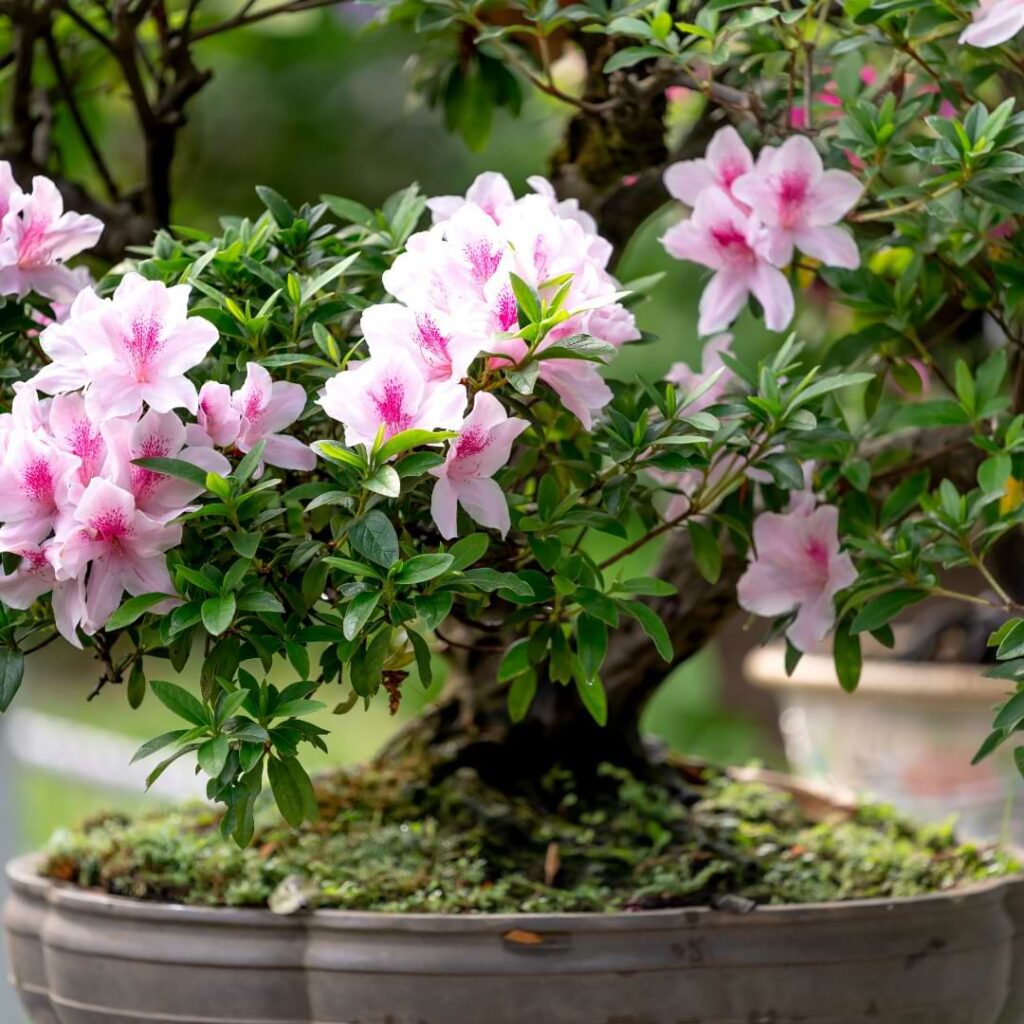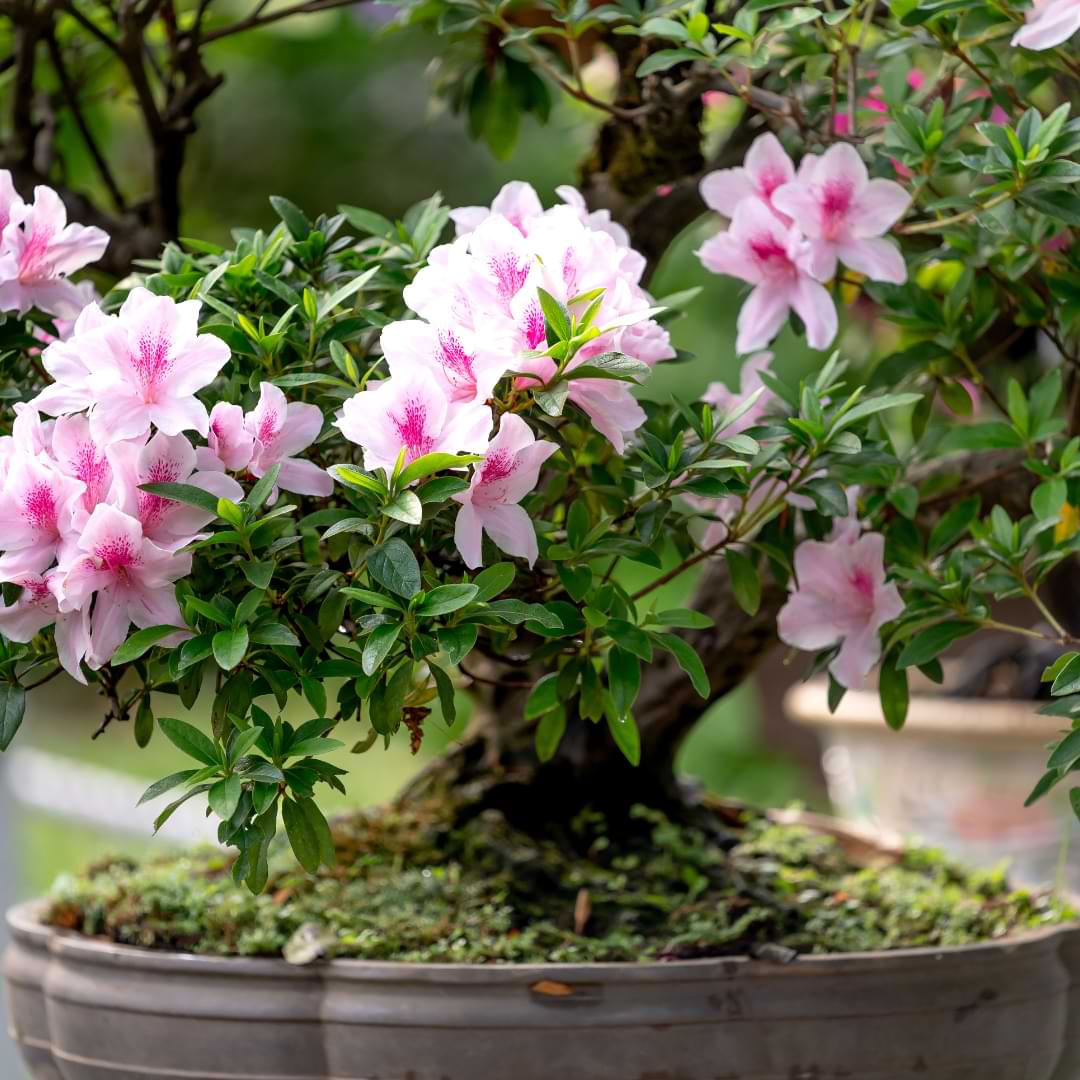Hibiscus bonsai trees need bright sunlight, regular watering, and balanced fertilizer for optimal growth. Prune regularly to maintain shape and size.
Hibiscus bonsai trees make beautiful indoor and outdoor plants with their stunning, vibrant flowers and glossy leaves. Proper care involves ensuring they receive ample sunlight, ideally six hours daily, to promote blooming. Regular watering is crucial, but the soil should not remain waterlogged to prevent root rot.
Pruning helps maintain the desired shape and size, encouraging a healthier, bushier growth. Fertilize with a balanced, water-soluble fertilizer every two weeks during the growing season. Monitoring for pests like aphids and spider mites is essential to keep the plant healthy. With the right care, a hibiscus bonsai can thrive and become a striking focal point in any garden or home.

Credit: bonsairesourcecenter.com
Introduction To Hibiscus Bonsai
A Hibiscus Bonsai is a small tree. It is grown in a pot. Bonsai means “tray planting” in Japanese. The tree has beautiful flowers. The flowers can be red, pink, or white.
Many people love Hibiscus Bonsai for their homes. These trees are easy to care for. They can live for many years.
Hibiscus Bonsai trees are very beautiful. They make your home look nice. The flowers smell good. They can make you feel happy. Growing a bonsai teaches patience. You learn to care for a living thing.
Bonsai trees can also improve air quality. They help clean the air in your home. This makes it healthier to breathe.
Choosing The Right Hibiscus
Hibiscus comes in many beautiful varieties. Chinese Hibiscus is very popular for bonsai. Rose of Sharon is another favorite. Hawaiian Hibiscus has stunning flowers. Each type offers a unique beauty. Choose a variety that suits your climate. Some types need more sun. Others prefer shade. Research each type before buying.
Always choose healthy plants for bonsai. Look for vibrant green leaves. Check for pests and diseases. Healthy roots are also important. The roots should be white and firm. Avoid plants with yellow or brown leaves. Such plants may be sick. A strong plant will grow better.
Planting And Potting
The best soil mix for a hibiscus bonsai is a blend of organic and inorganic materials. Use a mix of akadama, pumice, and lava rock. This allows for good drainage and root aeration. Adding compost or peat moss can help retain moisture. Ensure the soil is loose and crumbly to support healthy growth.
Choose a pot that is shallow and wide. This helps in spreading the roots and provides stability. Clay pots are excellent as they absorb excess moisture. Ensure the pot has drainage holes to prevent waterlogging. Avoid pots that are too small, as they can restrict root growth.

Credit: urbangardenhaven.com
Watering Techniques
Proper watering techniques are crucial for Hibiscus Bonsai tree care. Ensure the soil remains consistently moist but not waterlogged. Regularly check moisture levels to prevent root rot.
Watering Frequency
Water your hibiscus bonsai tree every day during the summer. In winter, water it twice a week. Always check the soil moisture. The soil should be damp, not soaked. Use a spray bottle to mist the leaves.
Signs Of Overwatering
Overwatered bonsai trees show yellow leaves. The soil may smell bad. You might see mold on the soil surface. Roots can rot if they stay wet too long. Lift the pot to check drainage holes. Water should flow out quickly.
Pruning And Shaping
Prune your hibiscus bonsai in early spring. Use sharp, clean scissors to make cuts. Remove dead or weak branches first. Cut just above a node to encourage growth. Keep the tree’s shape in mind while pruning. Don’t remove more than 30% of the foliage at once. This helps the tree stay healthy and strong.
Wire branches to guide their growth. Use aluminum or copper wire for this task. Wrap the wire around the branch gently. Bend the branch to the desired shape. Leave the wire on for a few months. Check regularly to avoid wire cutting into the bark. Remove the wire once the branch holds its shape.
Fertilizing Your Hibiscus Bonsai
A balanced fertilizer works best. Look for a 10-10-10 NPK ratio. Organic options are also good. Liquid fertilizers are easy to use. Follow the instructions on the package. Avoid over-fertilizing to protect the roots.
Fertilize every two weeks during the growing season. In winter, reduce to once a month. Always water before applying fertilizer. This helps to prevent root burn. Keep a consistent schedule for healthy growth.
Managing Pests And Diseases
Aphids and spider mites are common pests. These insects can harm the bonsai tree. Check the leaves often. Look for tiny bugs or webbing. Use a mild soap solution. Spray it on the tree to remove pests. Neem oil can also help. Always keep an eye on your plant. Early detection is key. Healthy trees resist pests better.
Good air circulation prevents diseases. Do not overwater the bonsai tree. Too much water can cause root rot. Ensure the soil drains well. Remove dead leaves promptly. This stops fungus growth. Use clean tools for pruning. Dirty tools can spread disease. Regularly check the tree for signs of illness. Treat any issues right away. A healthy tree is less likely to get sick.
Seasonal Care
Caring for a hibiscus bonsai tree involves adjusting watering and sunlight exposure based on the seasons. Prune regularly to maintain shape and encourage growth.
Winter Care Tips
Hibiscus bonsai trees need special care in winter. Keep them indoors to protect from frost. Place the tree near a sunny window. Water the tree less often. The soil should be slightly dry between waterings. Use a humidifier to maintain humidity levels. Fertilize the tree lightly during winter months.
Summer Care Tips
Hibiscus bonsai trees love summer warmth. Place the tree outdoors in a sunny spot. Water the tree regularly to keep the soil moist. Mist the leaves to keep them hydrated. Fertilize the tree every two weeks. Protect the tree from strong winds and direct afternoon sun.
Propagation Methods
Start by collecting fresh seeds from a healthy hibiscus plant. Soak the seeds in warm water for 24 hours to soften the hard outer shell. Plant the seeds in a well-draining soil mix. Keep the soil moist but not waterlogged. Place the pot in a warm and sunny location. Germination can take up to three weeks. Young seedlings need plenty of light and regular watering.
Select a healthy branch from the hibiscus plant. Cut a 4-6 inch piece just below a leaf node. Remove the leaves from the lower half of the cutting. Dip the cut end in rooting hormone to encourage root growth. Plant the cutting in a moist, well-draining soil mix. Cover the pot with a plastic bag to maintain humidity. Place it in a warm, bright area but out of direct sunlight. Roots should form in 4-6 weeks.
Troubleshooting Common Issues
Yellow leaves on a Hibiscus bonsai can mean many things. Overwatering is a common cause. Check the soil to see if it is too wet. Underwatering can also cause yellow leaves. Ensure the soil is moist but not soggy. Nutrient deficiency is another possible reason. Use a balanced fertilizer to help the tree. Pests can also affect the leaves. Look for insects and treat the tree as needed.
Not enough sunlight often leads to a lack of blooms. Hibiscus bonsai needs six hours of sunlight daily. Improper pruning can also stop blooms. Prune the tree correctly to encourage flowering. Nutrient imbalance may be another cause. Use a fertilizer high in potassium. Too much nitrogen can cause leafy growth without flowers. Adjust the fertilizer accordingly to balance nutrients.

Credit: bonsairesourcecenter.com
Conclusion
Caring for a Hibiscus bonsai tree can be rewarding. Follow proper watering, pruning, and sunlight guidelines to ensure its health. Regular attention to pests and diseases will keep your bonsai thriving. With patience and dedication, your Hibiscus bonsai will flourish, adding beauty and tranquility to your space.
Enjoy the journey of bonsai care!

